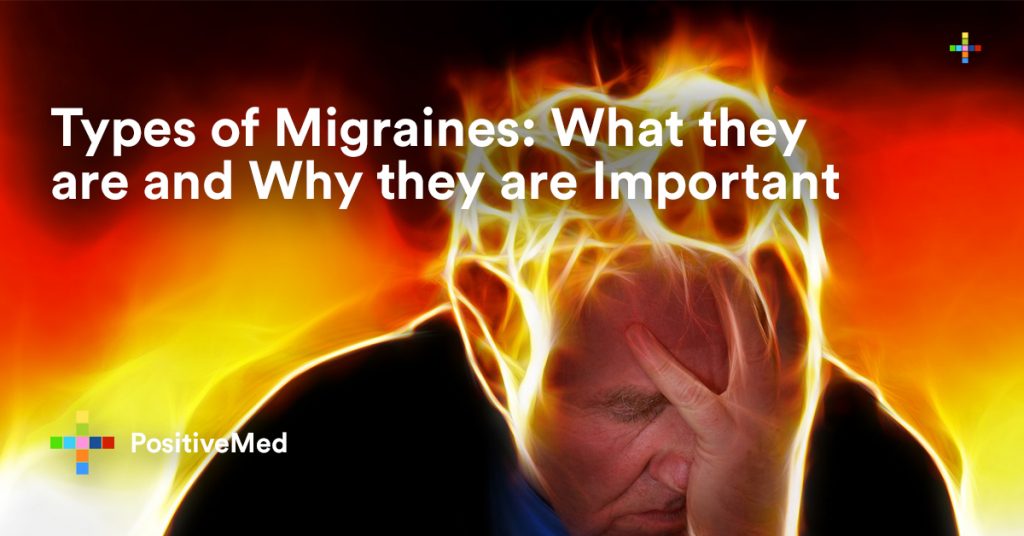A migraine is a condition that affects individuals of all ages and races. Also, it is one of the most underdiagnosed conditions as people confuse it with a general headache or sinus. Migraine headaches are characterized by pulsating or excruciating pain on one side of the head followed by feelings of sickness such as vomiting and nausea. It is essential to know which types of migraine you are suffering from to find the right treatment. Below are nine types of migraines.
Common Migraine (a migraine without an aura)
As the name suggests, it is the most common type of migraine. Some of the common symptoms comprise moderate to severe headache pain which happens without warning. It is felt on one side of the head, and it comes along with unclear vision, mood changes, amplified sensitivity to light, smells and sound, fatigue, and confusion. The attack lasts for approximately 4 to 72 hours and can repeat a few times a year to a few times a week. Initiating movement makes the attack worse.
Common migraine is more likely to worsen if one uses symptomatic medication frequently.
Complicated or Classic Migraine (a migraine with an aura)
This type of a migraine involves visual disturbances and other neurological symptoms which appear 10 to 60 minutes before an actual headache which lasts not more than one hour. One can temporarily lose all or part of their vision. The aura might occur without headache pain which can strike at any time. Less frequent aura symptoms include muscle feebleness on one side of the body, confusion, numbness, abnormal sensation, and trouble speaking. Increased sensitivity to light, noise, sound, loss of appetite and nausea may precede the headache. Also, a person with this type of a migraine sees objects which looking distorted.
Retinal Migraine
It is also referred to as an ocular migraine. It is characterized by recurrent bouts of visual disturbance in one eye. The other characteristics include sparkles or flashes of light, blind spots, or blindness. The good thing is that the symptoms are temporary and painless. The symptoms may last for approximately 30 minutes. If it occurs often, it is advisable to avoid migraine triggers such as stress, skipping or delaying meals, certain foods, alcohol, and too much sleep.
Hemiplegic Migraine
In this type of migraine, victims experience motor weaknesses. The migraine may be accompanied by one side or whole-body paralysis that might outlast the headache. This type of migraine is most common in children and infants than in adults. Diagnosing, due to its complexity, can be hard. It is advisable to see the doctor immediately because symptoms of this type of headache can be like a stroke. The doctor might prescribe a calcium channel blocker to reduce the severity of future attacks.
Basilar Migraine
One knows that they are dealing with this migraine if they are dealing with an entirely reversible neurological symptom. The symptoms include vertigo, slurred speech, double vision, decreased the level of consciousness, and gain balance. Acute treatment of the migraine consists of medications such as peripheral nerve block, or anti-inflammatory drugs. Preventive treatment includes topiramate, verapamil or lamotrigine.
Menstrual Migraine
This migraine is two times common in women than in men. Many women have found out that there is a connection between the onsite of a migraine attack and menstrual date. Here, the primary trigger for the migraine is fluctuating hormones during periods. The reduction in estrogen hormone is the primary trigger for the headache. The menstrual migraine can attack a person two days before or after the periods. There are two types of patterns observed for menstrual migraine.
Pure Migraine
It is the type of menstrual migraine that occurs only around the periods and not other times.
Menstrually associated Migraine
It attacks during the periods or anytime during the cycle. Approximately 60% of people complain about this migraine.
Related link: How to Read Auras: Aura Colors Meaning
Abdominal Migraine
It is most common in adolescents and children. It involves recurrent episodes of vomiting and severe nausea, and it is sometimes associated with abdominal pain. This type of migraine is hard to diagnose, and the doctor will ask if your family has had a family history of migraine. Low dose beta blocker medications can be used to reduce the frequency of attacks.
Vestibular Migraine
This type of migraine is associated with throbbing pain, nausea, vomiting, noise and light sensitivity. Also, patients who have this migraine experience extreme sensitivity to motion and dizziness. Approximately 20% of patients who experience vertigo eventually experience fainting episodes. Patients suffering from this migraine can benefit from physical therapy because it promotes right balance.
Chronic Migraine
It is a severe form of migraine. A headache that affects one for more than 15 days in a month for about three months is referred to as chronic migraine. The headache continuous throughout the days accompanied by occasional migraine symptoms such as vomiting and nausea. Due to the complexity and nature of this migraine, it is difficult to treat. Behavioral modification and avoiding the migraine triggers such as stress along with a proper diet goes a long way to control the migraine.
Takeaway
There are many types of migraine. But being able to pinpoint the exact location and estimate the intensity of a migraine can help you understand what type of pain is it and how it’s affecting your overall health.
Edited by: Jessa (March 3, 2019)







